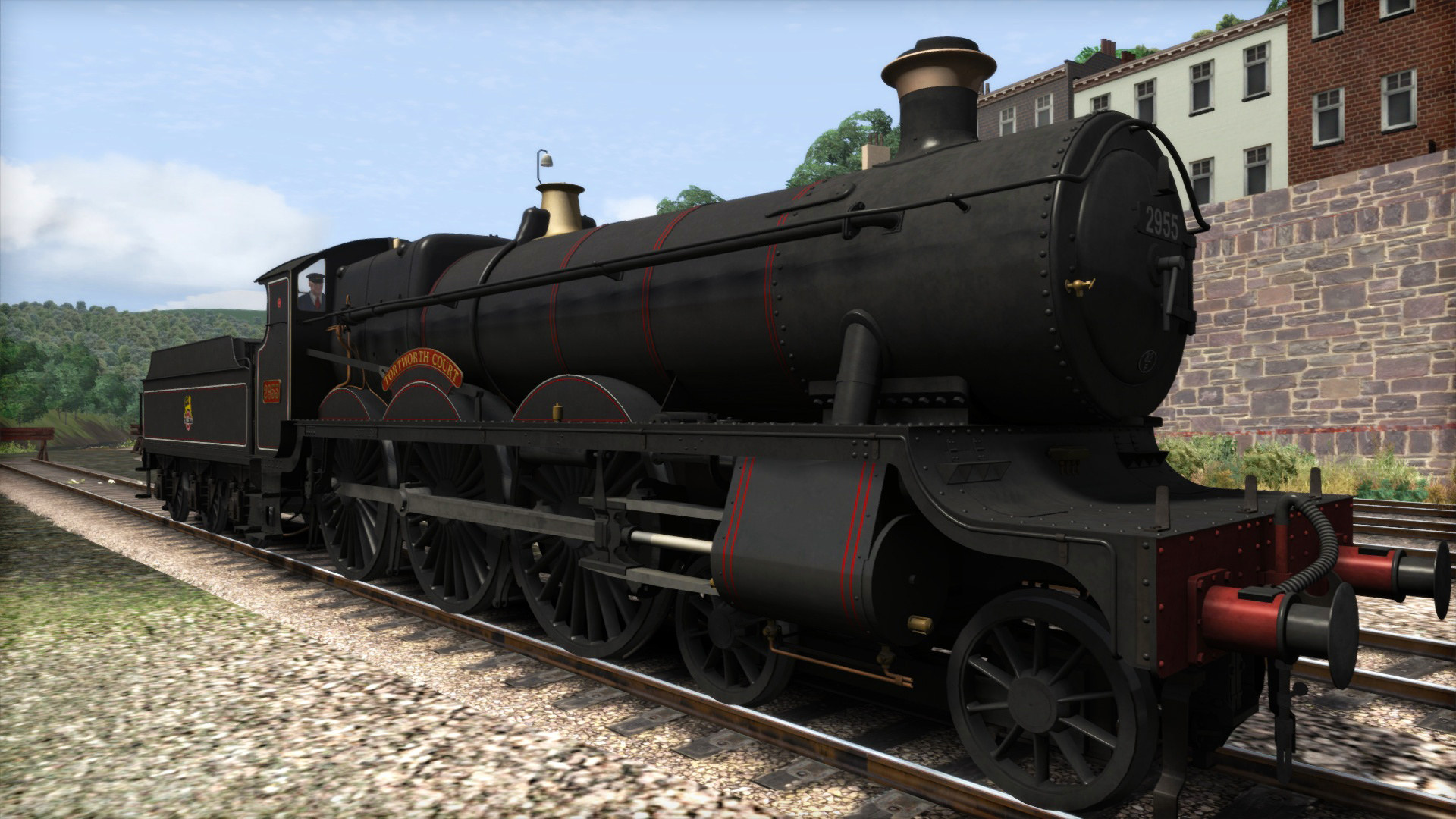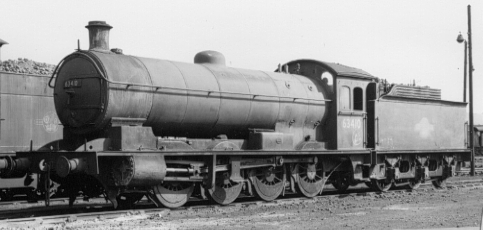Starting with a basic shell we fill in the basic backhead components to help scale everything correctly, along with laying over the plan diagrams.
The main shell has these rather stylish seats/footboards added and the rest of the components start to go into place. This render was taken at the end of a days work and contains a text object on the right hand side reminding us to add a specific item next time we start modelling - just one of the techniques we use alongside todo lists to make sure no element is forgotten.
The left hand side front sander lever mechanism has been added along with the cylinder cocks lever on the right hand side. In addition behind the vacuum brake pedestal the steam reverser lever can just be seen.
Although these images show the steam heat dial (the left most of the two left hand dials) this will be removed for all liveries prior to preservation as Q6's were not designed for passenger duties and had no steam heat fitted until the 70's.
Next week we will have the cab finished and then it will be time to move on to the tender.
























